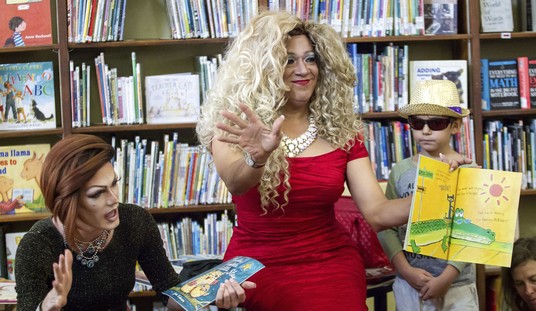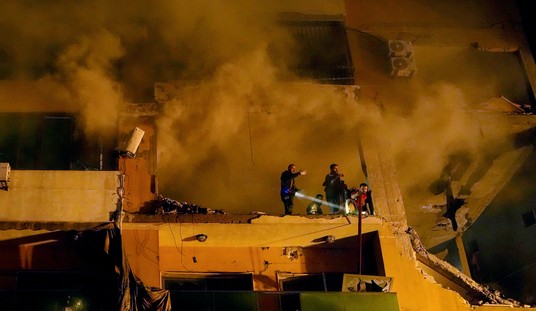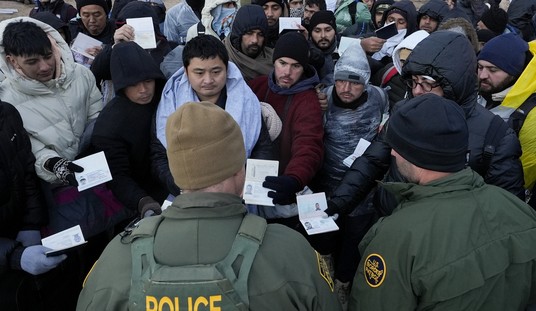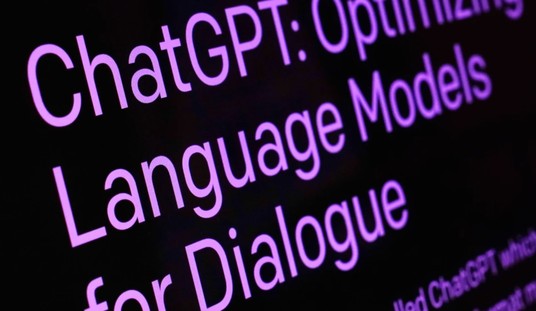At the Washington Post, Philip Bump has an interesting analysis piece looking at the commonalities among recent mass shootings. The piece is headlined, “There’s only one surefire answer to the problem of mass shootings” but it was tweeted out this way:
There are only two nearly universal characteristics of mass shooters: They're men and they use guns https://t.co/lEXlpThKwE
— The Washington Post (@washingtonpost) November 6, 2017
Obviously, stating that all mass shooters use guns is dumb, as several people were quick to point out:
The idiocy spreads. Yes, WaPo, shooters use guns. What did you think you would find, they use hammers? https://t.co/C4h4OpgDFb
— Gabriel Malor (@gabrielmalor) November 6, 2017
In any case, the piece itself is not dumb (though it’s not without some problems). Basically, Bump tries to find commonalities among recent mass shooters to see if there are areas where we could do a better job preventing this from happening.
Bump produces a list of 33 mass shootings over the past 5 years (based on the FBI definition of such events). His list includes the name, age, location, and ethnicity of each shooter along with evidence of mental health problems or prior domestic violence. Here’s a screenshot of a portion of the list:

Looking over the list, Bump writes, “The picture above suggests that suspects in mass shootings are often young, white men with either a history of mental health issues or a domestic violence record, or both.” Actually, that’s not quite true. There are 33 shootings on the list, 18 of them (a slight majority) committed by shooters listed as “nonwhite.” In any case, Bump concludes that it’s hard to see any clear patterns beyond the shooters being men:
If the goal is to prevent future mass shootings, it’s tricky to see where to apply leverage. The only overwhelmingly common characteristic is that the perpetrators were men — but neither gender nor race could form the basis of a ban on gun ownership…
A sweeping analysis of mass killings by the anti-gun group Everytown USA found that 42 percent of incidents involved a shooter who had raised red flags before opening fire. The flip side of that coin, of course, is that 58 percent of the shooters didn’t. It’s also worth noting that about half of the incidents tracked by Mother Jones involved a shotgun or handgun (or both). Use of a semiautomatic rifle correlates to a higher death toll — as in Las Vegas, Orlando and, it seems, in Texas on Sunday — but shooters in mass killings don’t rely on them.
And that leads to the somewhat awkward conclusion that, without any place to focus efforts to prevent future mass shootings, the solution would have to be…well, more generalized. Bump writes, “In other words, the only surefire way to help prevent mass shootings — or any shootings — is to broadly limit access to guns in general.” Bump is quick to add that this is not a practical solution in America: “Barring some broad change to how the Second Amendment is interpreted, preventing mass shootings in the United States seems difficult.”
In a few cases, like Las Vegas, there may be some restrictions that could limit the number of casualties a mass shooter can cause. But ultimately, a person who is prepared to die to inflict harm on others probably can’t be stopped short of a ban on gun sales and a serious confiscation efforts to round up the millions of guns already in circulation. And don’t we all suspect that gun control groups pushing for “reasonable restrictions” have already gamed all of this out, just like Philip Bump did in his piece?







Join the conversation as a VIP Member